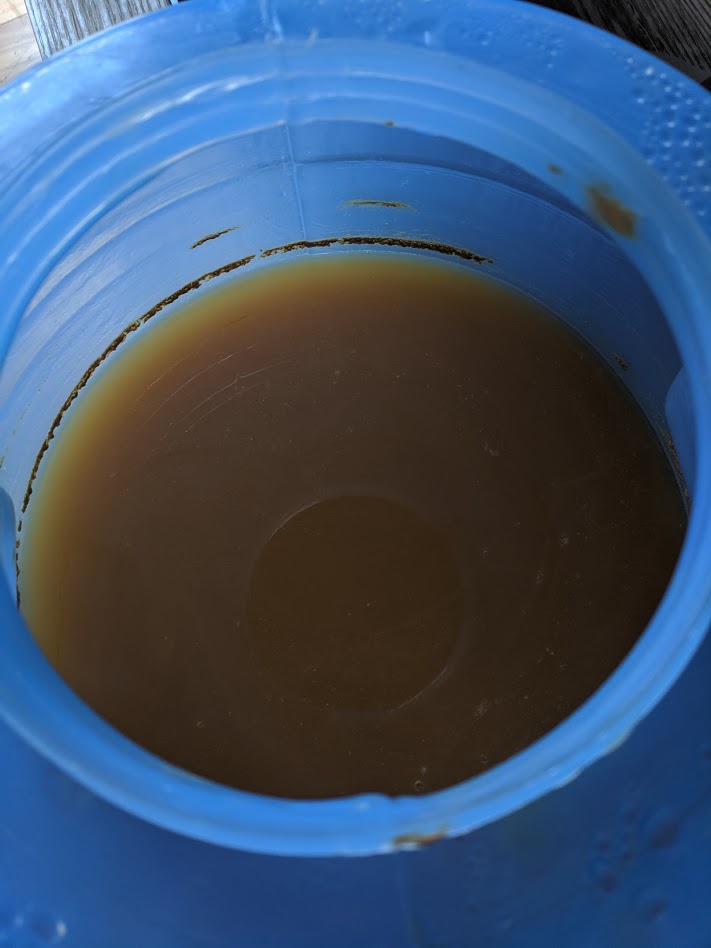Seems like my latest batch is oxidized, 3 days in fermenter and a sample tasted & smelled absolutely disgusting, not 100% sure what the "wet crdboard" taste is but I have the feeling this is probably it  , leaving it for a few days just to see if anything changes...
, leaving it for a few days just to see if anything changes...
So, putting my programmer head on I want to work out why it happened this time but not before, probably one of two changes I made to previous batches...
I want to work out why it happened this time but not before, probably one of two changes I made to previous batches...
I've been doing split batches the past few brews due to the size of my pot, splitting everything in half, then mashing and boiling seperately, combining in fermenter.
Previous times I've done this over two days, first day using "no chill" and pouring wort straight into fermenter still hot, second day cooling wort down to pitching temps and adding, then pitching yeast. Has worked great for 3 brews.
This time I decided to do both in one longer day and then let the combined batch cool down overnight... so first batch did the same, second I cooled down a little and then added some whirlpool hops for 20 minutes, after this I added to fermenter and let both batches cool down overnight before pitching yeast. I also shook fermenter after pitching yeast to aerate, I hadn't done this before, had just sprinkled yeast on top and left it (and had worked fine).
So two main changes I can see where the issue may lie:
1) Because I cooled down wort a little to do whirlpool, but then didn't cool it down rapidly totally, this "warmish" wort may have been ripe for oxidation at the temperature it was.
2) Shaking fermenter to aerate yeast, though a brewer friend reckons it's unlikely this.
So would I be correct in thinking it's probably #1 that was the factor here?
So, putting my programmer head on
I've been doing split batches the past few brews due to the size of my pot, splitting everything in half, then mashing and boiling seperately, combining in fermenter.
Previous times I've done this over two days, first day using "no chill" and pouring wort straight into fermenter still hot, second day cooling wort down to pitching temps and adding, then pitching yeast. Has worked great for 3 brews.
This time I decided to do both in one longer day and then let the combined batch cool down overnight... so first batch did the same, second I cooled down a little and then added some whirlpool hops for 20 minutes, after this I added to fermenter and let both batches cool down overnight before pitching yeast. I also shook fermenter after pitching yeast to aerate, I hadn't done this before, had just sprinkled yeast on top and left it (and had worked fine).
So two main changes I can see where the issue may lie:
1) Because I cooled down wort a little to do whirlpool, but then didn't cool it down rapidly totally, this "warmish" wort may have been ripe for oxidation at the temperature it was.
2) Shaking fermenter to aerate yeast, though a brewer friend reckons it's unlikely this.
So would I be correct in thinking it's probably #1 that was the factor here?




